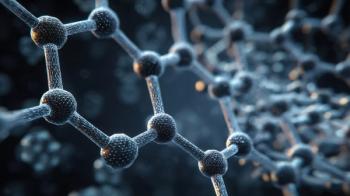
New Agilent 7696A Sample Prep WorkBench
Agilent product profile
Automated sample prep improves consistency and boosts productivity.
The new Agilent 7696A Sample Prep WorkBench reduces the time, cost, and tedium of manual sample preparation for GC or LC applications—dilutions, additions, heating/cooling, mixing, extraction, dispensing, and other operations. A simple, reliable productivity tool and a valuable addition to any busy lab, the standalone system improves the precision and reproducibility of every analysis, while freeing scientists up to focus on more challenging tasks.
Shortens prep time for virtually any analytical technique.
Versatile enough to accommodate specialized analytical techniques used in the pharmaceutical, petrochemical, food safety, consumer products, forensics, and environmental industries, the 7696A WorkBench has an extensive repertoire of capabilities; for example:
To learn more about the Agilent 7696A Sample Prep WorkBench, download the brochure at
Newsletter
Join the global community of analytical scientists who trust LCGC for insights on the latest techniques, trends, and expert solutions in chromatography.




